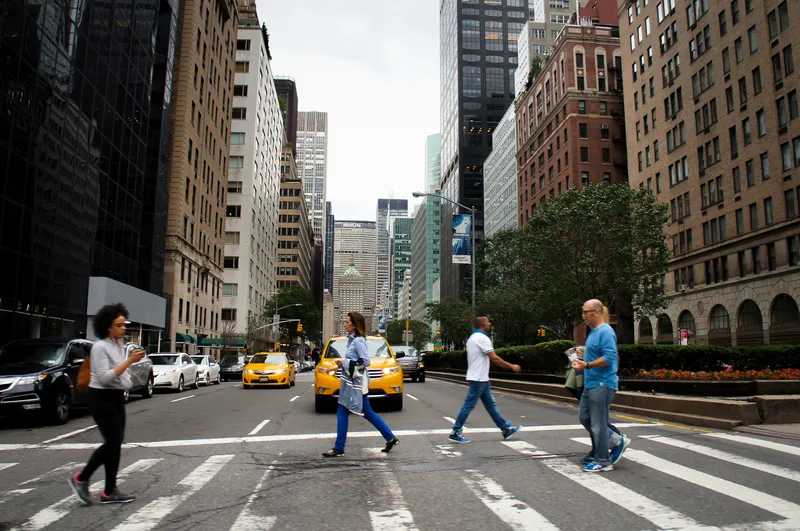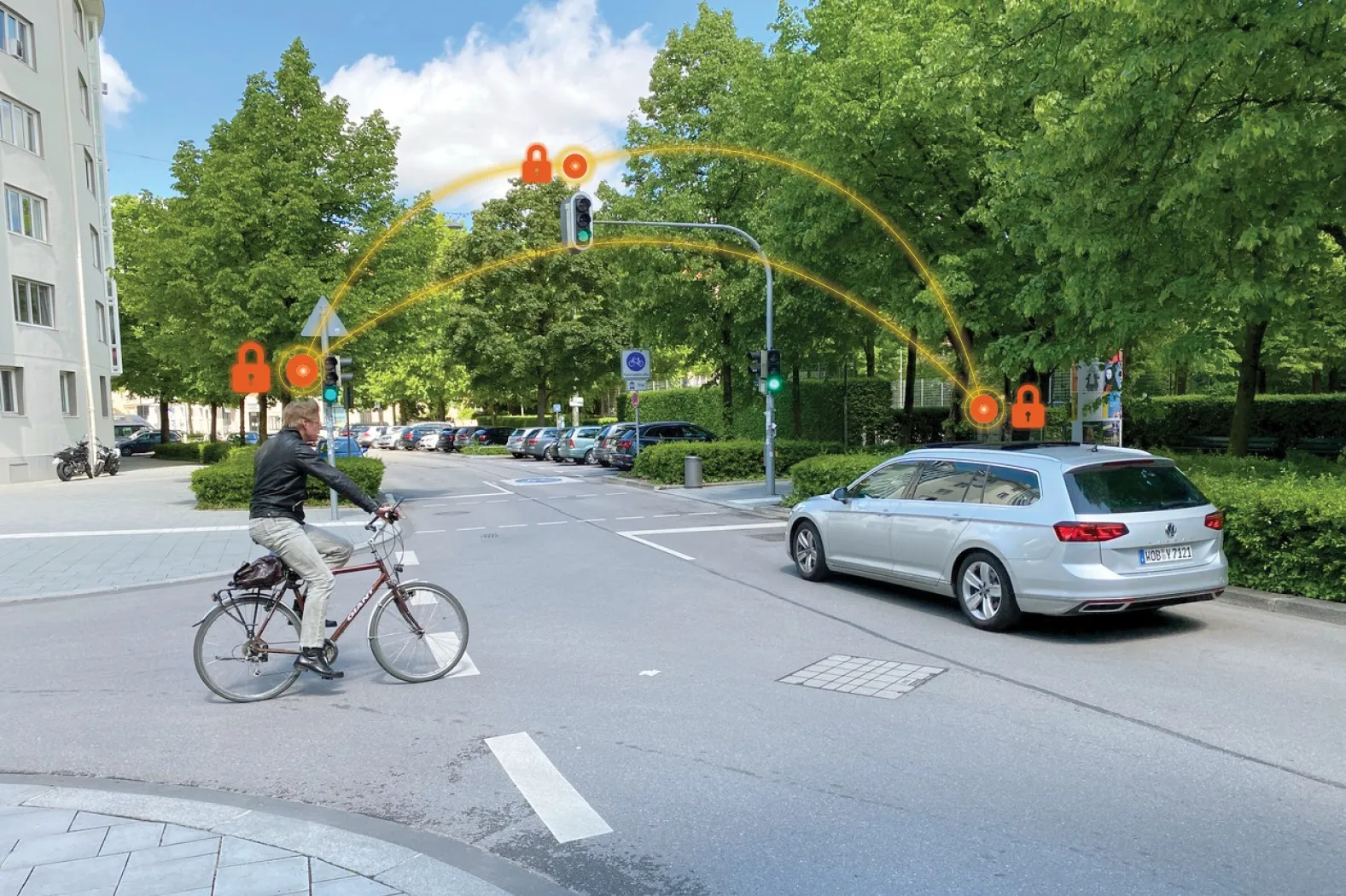The New York City Department of Transportation (DoT) is trialling Savari’s SmartCross Vehicle to Pedestrian (V2P) app in the NYC Connected Vehicle Project – For Safer Transportation.
By Ben Spencer
January 22, 2020
Read time: 1 min

Savari and the USDoT developed the app to help people with impairments use pedestrian crossings more confidently by providing relevant information to drivers and pedestrians.
The tech company says its app and cloud software are integrated into traffic management systems and provide information on intersection geometry and traffic light status to pedestrians who may otherwise be distracted. The technology can also alert Vehicle to Everything-enabled vehicles of potential conflict with pedestrian movements, Savari adds.
The connected vehicle project is focused on safety applications that rely on mobility or V2P, Vehicle to Vehicle and Vehicle to Infrastructure communications.







